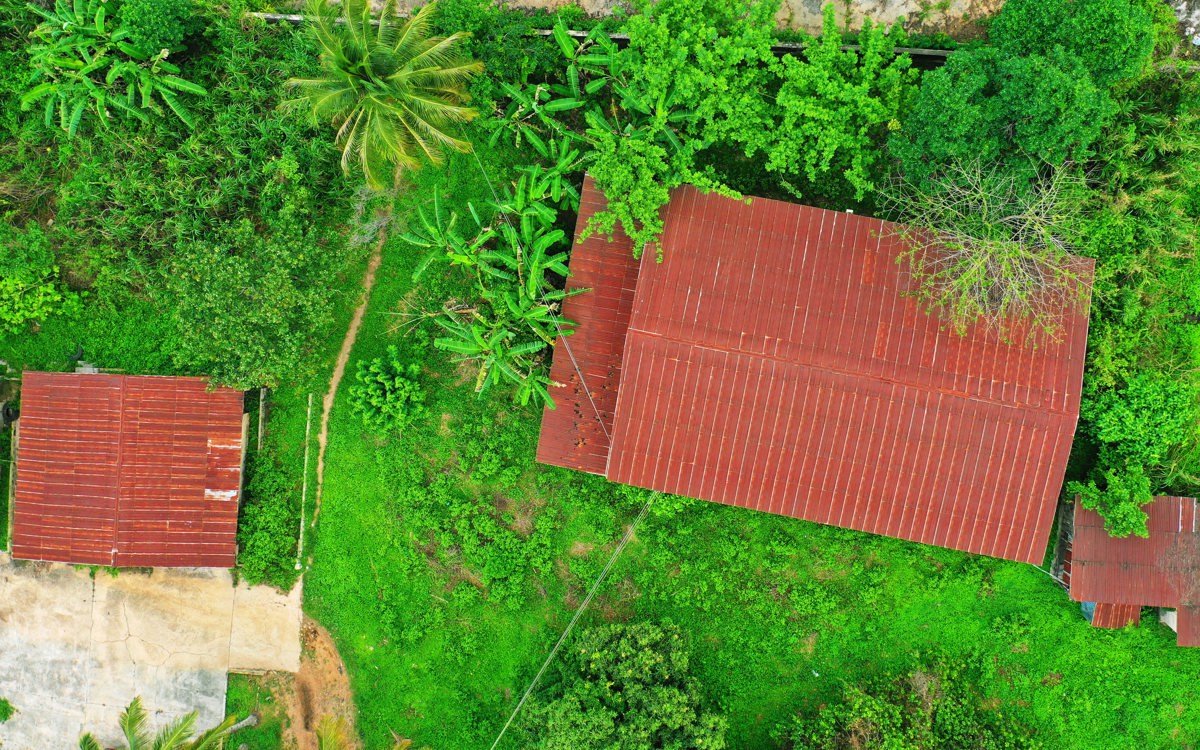By Dr Chukwueloka Okeke


Dr Chukwueloka Udechukwu Okeke
In Nigeria, the frequency and severity of natural hazards such as floods, droughts, landslides, and coastal erosion, have increased considerably due to the combined effects of climate change and human activity. This has adversely transformed the natural landscapes and triggered natural disasters.
An example which comes to mind is the Akpaka Forest Reserve in Onitsha metropolis, southeast Nigeria, which is being rapidly converted into urban centres due to unregulated urban sprawl. In many southern states of Nigeria, urban developments have encroached upon wetlands and riparian corridors.

While the Nigerian government has acted to reduce vulnerability and exposure to natural disasters, and simultaneously educate at-risk communities on sustainable climate change adaptation practices, these efforts have been insignificant. The sheer spread of ecological and climatic zones in Nigeria remains a key challenge, since this dictates the location of natural hazards and disasters.
There is therefore an urgent need for regional or community-based climate change adaptation (CCA) and disaster risk reduction (DRR) strategies, to reduce the vulnerabilities unique to each region. In the adoption of these strategies, local culture and traditional knowledge systems play a vital role.
When traditional knowledge meets climate adaptation
It’s important to note that culturally diverse societies often adopt different climate change adaptation measures, depending on the type and size of the surrounding ecosystem. While efforts have been made to integrate traditional knowledge into regional- and community-based CCA and DRR measures – especially in poor rural communities where lack of access to modern technologies could affect climate action –the application of traditional knowledge has been steadily declining due to the erosion of cultural values attributed to acculturation and globalisation.
Over the last three decades, we have seen a rapid loss in both traditional values and biodiversity – with an attendant increase in natural disasters. Policymakers, researchers, and practitioners also seem to underplay the role of indigenous knowledge in CCA and DRR, thereby reducing the effectiveness of the proposed climate actions and risk reduction measures.

Lessons from the Igbo community
There’s much we can learn from traditional knowledge. For example, I grew up in a traditional Igbo community in southeast Nigeria. I still recall how my grandparents and relatives taught me most of our cultural heritage and traditional skills, which enabled my community to build resilience against natural disasters and adapt to climate change.
The indigenous Igbo people live in harmony with their environment. They believe that everything in nature serves a particular purpose to humans and thus should not be abused or harvested unsustainably. Despite these conservation practices, the Igbo people still face many environmental challenges which threaten their livelihoods and wellbeing, including floods, landslides, rill and gully erosion, water pollution, and riverbank erosion. The intensity and frequency of these natural phenomena have been attributed to increasing population density, which has led to intensified deforestation, urbanisation, and unregulated agricultural activity.
In many rural areas, community-based disaster mitigation measures are often implemented in an organised manner via a series of preparatory meetings chaired by the village chief or family head, and diverse strategies have been developed to address different natural hazards.
For example, communities can control rill and gully erosion (soil erosion produced by running water) on farm roads and agricultural lands by using sandbags and building dams comprised of palm fronds, bamboo stems, and stems of boundary trees (Newbouldia laevis). Similarly, check dams constructed of logs, boulders, or loose stones are used to control landslides and gullies on sloping surfaces.
Among these measures, the one that strikes me the most is the use of vegetation for slope protection and gully erosion mitigation. Some plants can reduce soil erosion susceptibility and increase slope stability by using their roots to anchor the soil particles in place. They can also reduce greenhouse gas levels in the atmosphere by sequestering carbon, simultaneously contributing to ecosystem restoration.
Harnessing knowledge from the past and present
I learnt from my grandparents and relatives that vetiver grass (Chrysopogon zizanioides) and elephant grass (Pennisetum purpureum) are excellent nature-based solutions for controlling gully erosion and stabilising natural slopes. Elephant grass is often preferred due to its high nutritional value, making it an important fodder grass for livestock. We also cultivate other native grasses such as Bahama grass (Cynodon dactylon) around our homes and farmsteads to control rill erosion and trap sediments, and above all, improve the aesthetic appeal of our surroundings.
In recent times, many Igbo people use organic fertilisers in their farms by mixing palm bunch ash, animal manure and other compost materials in a particular proportion to improve crop yield and reduce soil degradation. Like other subsistence farmers in southeast Nigeria, my grandparents preferred these organic fertilisers to chemical fertilisers because the latter are costlier and can increase soil toxicity and erosion susceptibility.
Lastly, many rural communities that experience water scarcity still utilise several traditional methods of rainwater harvesting to store and conserve water which is then used for domestic and irrigation purposes. Such traditional skills have been passed down from generation to generation and have contributed to boosting food security.
These examples all highlight the significant roles cultural heritage and traditional knowledge systems play in CCA and DRR in Nigeria, and across many other sub-Saharan African countries. While the utilisation of traditional knowledge and skills is sadly on the decline, researchers, practitioners, and policymakers should continue to play a significant role in bridging the gap between different knowledge systems, and integrating traditional heritage with CCA and DRR strategies to ensure full impact and community buy-in.
